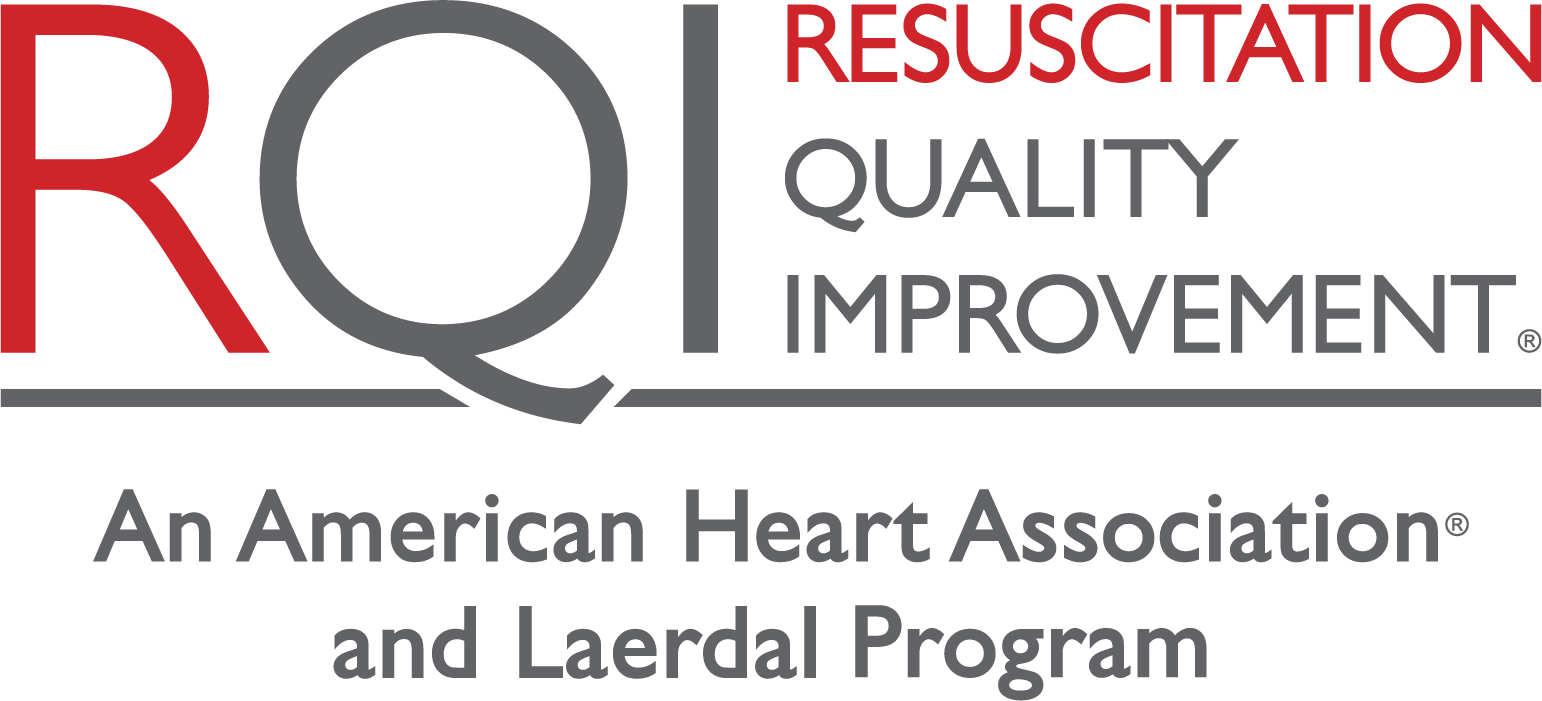Adaptive Learning, Contextual Learning, Debriefing, Deliberate Practice, Low Dose, High Frequency
CONTEXTUAL LEARNING DESIGN
-
Manikin Fidelity
Manikins that are anatomically similar to real-world application of skills and responsive to learner performance.
-
Team Training
Learning that provides opportunity for teamwork and the interaction of roles in a simulated environment.
-
Experiential (Emotion)
Learning environment that is reflective of the stress and emotion involved during the real-world application of knowledge and/or skills.
-
Real-world Relevance
Learning that is applicable to an individual’s scope of practice, including environment, emotion, and use of skill.
-
In-Situ Training
Training that occurs in an environment or space where the real-life application of a skill would occur.
— Contextual Learning Research —
Assessment, Contextual Learning, Low Dose, High Frequency
Simulation training to improve 9-1-1 dispatcher identification of cardiac arrest: A randomized controlled trial
Assessment, Contextual Learning, Debriefing, Deliberate Practice, Feedback, Low Dose, High Frequency, Mastery Learning
Resuscitation Education Science: Educational Strategies to Improve Outcomes From Cardiac Arrest: A Scientific Statement From the American Heart Association
Contextual Learning, Debriefing, International
The Use of High-Fidelity Manikins for Advanced Life Support Training – A Systematic Review and Meta-Analysis
Level of physical and emotional fidelity should relate to specific learning goals, matching the objectives for skill performance.
